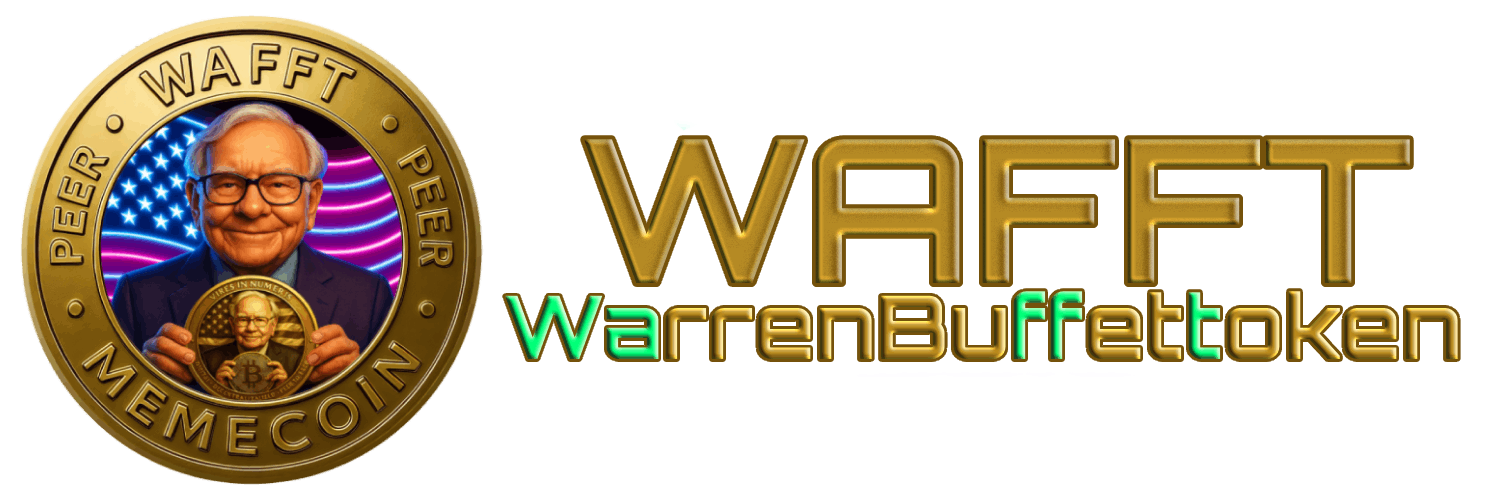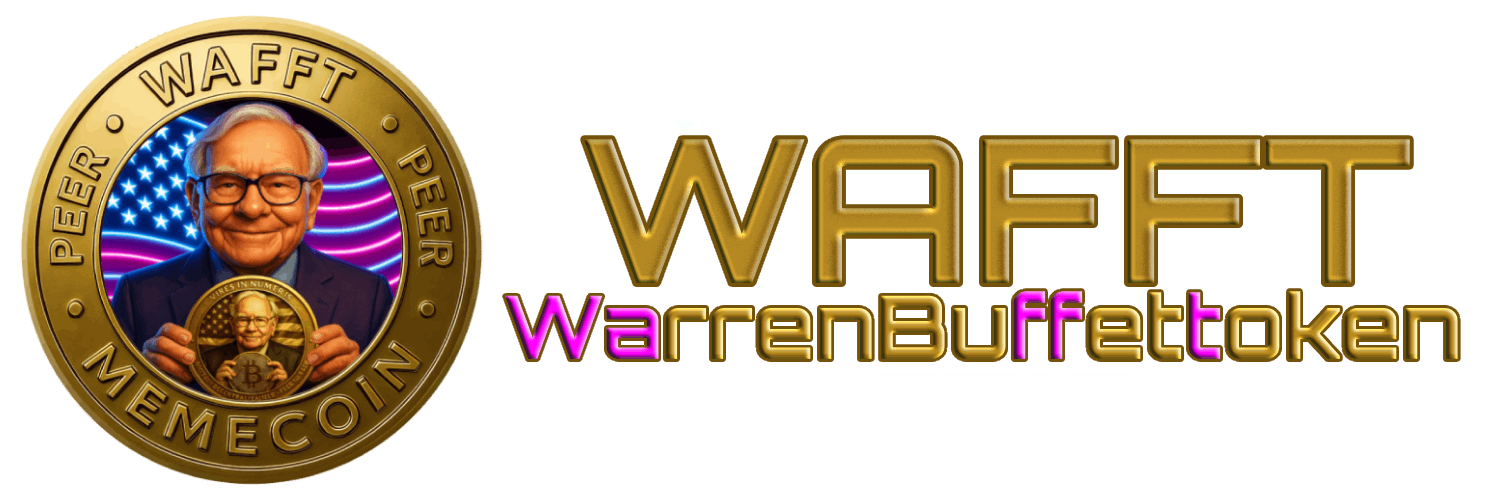ETFs:

What is an ETF? 📈🤔
ETFs (Exchange Traded Funds) are like a financial cocktail: instead of buying an individual stock or bond, you invest in a «package» that combines many different assets, all in one instrument. They are like a mix of mutual funds and stocks, because you can buy and sell them on the stock exchange, but with the diversification that a fund gives you.
In essence, an ETF works like a hybrid between a stock and a mutual fund:
- Like a mutual fund, it brings together a variety of assets, which can include stocks, bonds, commodities, currencies, or a combination of these. This allows investors to diversify their portfolio with a single transaction.
- Like a stock, ETFs are bought and sold in real time during market hours, giving them liquidity and constantly updated prices, unlike traditional funds that are only valued at the end of the day.
Imagine a shopping cart at the supermarket: instead of carrying only apples (a stock) or only bread (a bond), the ETF lets you carry a little bit of everything in one purchase. Great, right?

How do ETFs work? 🔍
ETFs (Exchange Traded Funds) work as a simplified way to invest in a group of assets without having to buy them one by one. They are designed to track the performance of an index, sector, commodity, currency, or any other asset class. This makes them a versatile tool for investors looking for diversification, flexibility, and access to specific markets.
The mechanism behind an ETF
1. Tracking an index or asset:
Each ETF is designed to replicate the performance of a specific group of assets.
For example:
- SPY: Tracks the S&P 500 index, which represents the 500 largest companies in the US.
- GLD: Tracks the price of gold, offering exposure to the precious metals market.
- QQQ: Tracks Nasdaq technology companies, such as Apple, Amazon, and Google.
2. Diversified portfolio:
When you buy an ETF, you gain exposure to all the assets that make up the index or sector to which it is linked. For example, by purchasing the SPY, you indirectly invest in shares of the 500 companies in the S&P 500.
3. Liquidity and trading on the stock exchange:
ETFs are traded on financial markets such as the New York Stock Exchange (NYSE) or Nasdaq, just like a stock. You can buy and sell them in real time, taking advantage of price changes during the day.
4. ETF management:
ETFs can be:
- Passive: They simply replicate an index without significant modifications.
- Active: They have a team of managers who actively select assets to outperform the market, although these usually have higher costs.
What do you get when you buy an ETF?
- Proportional participation:When you buy an ETF, you acquire a proportional share of all the assets it contains. If the ETF includes stocks from 100 companies, your investment is spread across those 100 companies in proportion to the composition of the fund.
- Real-time benefits: Unlike traditional mutual funds, ETFs have prices that fluctuate during the trading day, allowing you to react to changes in real time..
Practical example 📊
Let’s say you buy one unit of the QQQ ETF, which tracks the largest technology companies on the Nasdaq. For around $300 (reference price), you would be investing in a diversified portfolio that includes giants like Microsoft, Amazon, Apple, and Tesla. This saves you the cost and effort of buying each stock individually.
In short, ETFs are a powerful tool for gaining exposure to broad markets or specific sectors, offering a combination of diversification, liquidity, and simplicity that appeals to both beginners and experienced investors
Advantages of ETFs 🚀💸
ETFs (Exchange Traded Funds) are one of the most popular options in the investment world, and it’s not hard to understand why. They’re like a financial «all-in-one»: flexible, accessible, and perfect for beginners and experts alike. But what makes them so special? We’ll tell you in style. 🌟
1. First, let’s talk about diversification. When you buy an ETF, you’re not putting all your eggs in one basket. It’s like going to the supermarket and getting a combo of everything: a bit of stocks, some bonds, maybe even commodities like gold or oil. All of this, in a single product. For example, by investing in the SPY, you get a little piece of the 500 largest companies in the United States, without having to buy them one by one. Easy, right? 🛍️
2. Another great advantage is how easy it is to access them. Buying an ETF is as easy as buying any stock. They are available on any investment platform, and you don’t need to be an expert to get started. Plus, their price is usually affordable, allowing you to invest even with small amounts.
3. What about flexibility? ETFs are traded on the stock exchange, which means you can buy or sell them at any time during market hours. This makes them perfect if you need quick liquidity or want to take advantage of real-time market movements.
4. Costs are also a big plus. Unlike traditional funds, which can charge you high management fees, ETFs are usually much cheaper. This means more of your money stays in your pocket and not in the managers’. 🤑
5. Plus, ETFs are transparent. Every day you can know exactly what you are investing in, as they publish the full list of assets they contain. No secrets.
6. Another advantage is that they allow you to access markets or sectors that would normally be difficult to reach. Do you want to invest in renewable energy, cutting-edge technology, or even emerging market companies? ETFs open the door to these opportunities in a simple and affordable way.
7. Last but not least, ETFs fit into any type of strategy. You can use them to invest for the long term, protect your portfolio in times of volatility, or even trade if you’re into buying and selling quickly.
In short, ETFs are like the ideal companion for any type of investor. They offer you simplicity, low costs, and access to a world of opportunities. If you haven’t explored them yet, what are you waiting for? 🌟📈

Are there risks with ETFs? Of course there are ⚠️
ETFs are a very popular option in the investment world, but like everything, they are not without risks. Knowing them is key to making smart decisions and avoiding unpleasant surprises. Let’s go over these points with a direct and easy-to-understand approach.🗝️
1. First, there is market risk. Although ETFs offer diversification, if the market in general does badly, your ETF can also fall. For example, if you have an ETF that tracks the S&P 500 and the largest US companies have a bad year, your investment will suffer, even if the ETF is well managed. 📉
2. Another risk is sector-specific or sector-specific. If you choose an ETF that focuses on a particular sector, such as technology, renewable energy or oil, you are more exposed to the fluctuations of that sector. If the market you invested in goes through a crisis, your ETF will also feel the hit. 💻🌍💔
3. Liquidity can be a challenge in certain cases. While the most popular ETFs have high liquidity (i.e. they are easily bought and sold), some lesser-known or specialized ETFs may not be as in-demand. This could make it difficult to sell your holdings quickly if you need to.
4. Replication risk is another point to consider. Some ETFs do not invest directly in the assets they track, but instead use financial derivatives to replicate the performance of the index. This can add a layer of complexity and risk, as it relies on contracts that can fail if market conditions change drastically.
5. And here comes something important that sometimes goes unnoticed: hidden costs. It’s true that ETFs typically have low management fees, but that doesn’t mean they’re completely «cheap.» There are additional costs, such as spreads (the difference between the buy and sell price), brokerage fees if you trade frequently, and potential performance erosion if the ETF has high turnover or uses expensive derivatives. Even international ETFs can come with currency exchange costs. 💸
6.Finally, there’s the stress of constant fluctuations. Since ETFs trade like stocks, their price changes throughout the day. This can be an advantage, but also a challenge if you’re someone who gets easily worried when you see your investment go up and down. 🌀
In short, ETFs are powerful and versatile tools, but they’re not without risks and hidden costs. As always, the key is to do your homework: research, understand what you’re buying, and make sure it’s aligned with your financial goals. When you know what you’re doing, ETFs can be a great fit for your investment strategy. 🚀📈
Who are ETFs for? 💡
ETFs are a versatile investment tool that suits different types of people. Whether you’re a beginner or an experienced investor, these instruments can be a great choice.
Here’s who can benefit the most from them:
Beginner investors 🐣
If you’re taking your first steps into the financial world, ETFs are a simple and effective way to get started. With a single investment, you can diversify your portfolio, which means you reduce the risk of losing everything if a single asset performs poorly. Plus, you don’t need to spend hours researching each company or asset, as ETFs group together a variety of them.
Sector-specific lovers 🔍
Are you a fan of technology? Are you interested in investing in renewable energy? Or perhaps in the pharmaceutical sector? ETFs allow you to access entire sectors with a single purchase. Instead of analyzing each individual stock, you can invest in a group of companies related to the sector you’re passionate about.
People looking for low costs 💸
Unlike traditional mutual funds, ETFs typically have much lower fees. This means you can save a considerable amount on commissions, especially if you plan to invest for the long term. Lower costs translate into more profits for you.
Long-term investors 📈
If your goal is to build a portfolio that grows steadily over time, ETFs are a great choice. Many of them are designed to replicate market indexes like the S&P 500, which has historically proven to be a profitable long-term strategy. Plus, their diversification helps protect your investments during market ups and downs.
Those looking for flexibility and ease 🌐
ETFs are bought and sold on the stock exchange like any stock, meaning you have access to them at any time of day during market hours. This flexibility makes them ideal for people who value having control over their investments.
In short, ETFs are for anyone looking for simplicity, diversification, and low costs in their investments. Whether you’re just starting out or already have experience, ETFs offer you a modern and efficient way to grow your money. 🎯💡

A bit of history 🕰️
The birth of ETFs (Exchange Traded Funds) was a momentous change in the world of investments. Its origin dates back to 1990, when the first ETF was created in Canada under the name of Toronto Index Participation Shares (TIPS). This fund followed the performance of the TSE 35 stock market index, offering investors a simple and cost-effective way to diversify their portfolios.
However, the real turning point came in 1993 with the launch of the SPDR S&P 500 ETF Trust (SPY) in the United States. This revolutionary ETF was designed to replicate the performance of the S&P 500, the index that measures the 500 largest and most representative companies in the US market. Why was it so important? Because it democratized access to the stock market. Before ETFs, to achieve similar diversification, investors had to buy individual shares of each company in the index, which was expensive and complicated.
The SPY not only simplified this process, but also offered much lower costs and the flexibility of being traded on an exchange like any stock. It was the first financial product that managed to combine the diversification of a mutual fund with the accessibility of stocks. Since then, ETFs began to gain popularity at a dizzying pace.
Evolution and expansion 🚀
After the initial success of the SPY, other products began to emerge quickly:
- 1996: The first international ETF is born in Canada, allowing investors to diversify globally.
- 2000: Sector ETFs appear, allowing investors to bet on specific areas such as technology, health or energy.
- 2002:Bond ETFs emerge, offering a more accessible alternative for those looking for fixed-income investments.
- 2008: During the financial crisis, ETFs emerged as key tools due to their low cost and transparency.
Today, ETFs have become a global industry with thousands of options for investors. There are ETFs covering virtually any asset or strategy imaginable, from traditional market indices to innovative themes such as cryptocurrencies, artificial intelligence, sustainability or emerging markets.
An impact that transcends 💡
The creation of ETFs not only changed how individual investors manage their portfolios, but also profoundly altered the functioning of financial markets. Their transparency, liquidity and low cost have forced other traditional financial products, such as active investment funds, to reinvent themselves in order to compete.
In short, ETFs are a clear example of how financial innovation can transform market access, making it more efficient, accessible and democratic for all. 🌍

So, are they worth it? 💰
ETFs are undoubtedly one of the biggest innovations in the investment world. They have completely changed the rules of the game by offering a simple, accessible and affordable way to invest in a wide variety of assets. Their diversification, flexibility and reduced costs make them a powerful tool for beginners and more experienced investors alike.
Do you like the idea of investing in the stock market, but don’t want to get bogged down with too much analysis? An ETF that tracks an index like the S&P 500 could be a perfect option for you. Do you prefer to bet on a specific sector, such as technology or renewable energy? There’s an ETF for that. Are you looking for stability with bonds? You have options too.
Of course, like any investment, ETFs are not a magic solution. They have risks, and not all ETFs are the same. Some are more complex or more expensive, and others may not fit your financial goals. That’s why the key is to be well informed before taking the plunge.
Ask yourself:
- What asset or market do I want to follow?
- How much am I willing to invest?
- What are the associated costs?
Also, consider that strategy is everything. ETFs are an incredible tool, but their success will depend on how you use them in your portfolio. If you’re looking to invest with style and common sense, ETFs can be your best financial ally. But remember, knowledge is power!
In short, ETFs are worth it, but only if you understand them and use them wisely. If you’re ready to diversify your portfolio, reduce costs, and simplify the investment process, ETFs are here to help you achieve your financial goals with confidence. 🚀 The future of your finances awaits!


